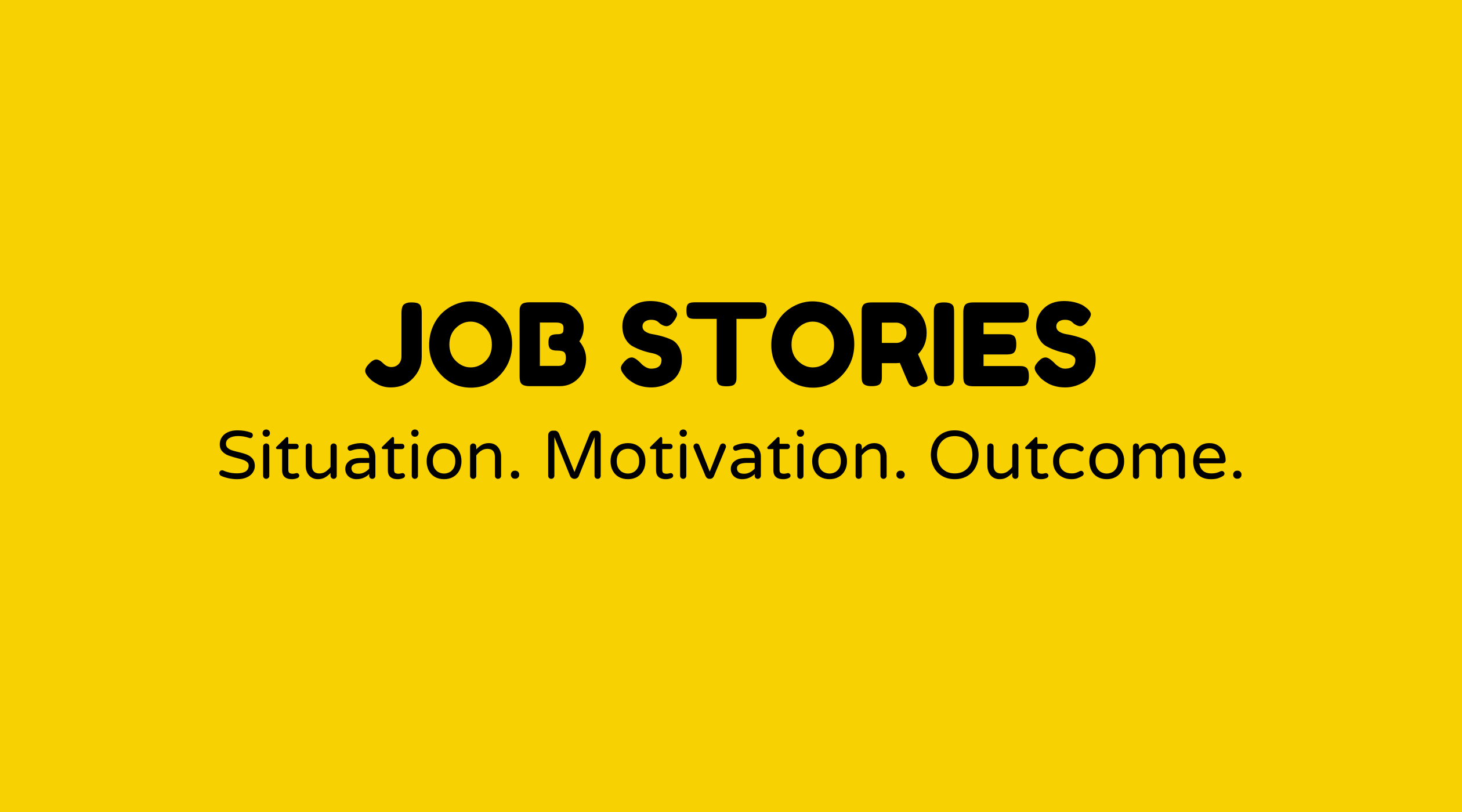Job stories

Overview of Job Stories
In the realm of product development, Job Stories offer an innovative way to grasp customer needs. Rather than concentrating on demographics or personas, job stories examine the situations and reasons that lead users to a product. By delving into the context and motivations behind user behavior, job stories assist teams in crafting products that genuinely meet user expectations and requirements.
Why Job Stories Matter
The significance of Job Stories is profound. They redirect attention from who the customer is to what they seek to achieve. This perspective promotes solutions tailored specifically to customer needs, free of assumptions based on factors like age or income. By comprehending the job to be done, teams can create superior products and enhance user experiences. Furthermore, job stories clarify priorities, directing teams toward making thoughtful decisions regarding feature development.
What is a Job Story?
A Job Story is a valuable tool that articulates the particular task a customer intends to complete. It typically follows a straightforward yet effective structure: “When [situation], I want to [motivation], so I can [expected outcome].” This format captures the context, motivation, and desired result without projecting assumptions onto the user. For instance, "When I commute to work by train, I want to check news updates, so I can stay informed."
How do you Write a Job Story?
Creating a Job Story requires careful attention and understanding. Here’s a step-by-step guide:
- Identify the Situation: Observe when and where users encounter challenges.
- Determine the Motivation: Discover why users wish to address these challenges.
- Define the Expected Outcome: Understand what users hope to achieve.
- Form a Job Statement: Bring these elements together using the job story template mentioned above.
- Validate with Real Users: Test these stories with actual users to ensure they remain relevant.
Examples of Job Stories
- “When I am shopping online late at night, I want to quickly find store return policies, so I can make a confident purchasing decision.”
- “When I'm preparing for a presentation, I want to organize my notes, so I can smoothly deliver my message.”
These Job Stories demonstrate how users interact with products based on situational contexts rather than their roles or personas.
FAQs
Why are job stories more effective than user personas?
Job stories emphasize user needs and situations rather than relying on assumptions about demographics, leading to a more user-focused approach in product development.
Can job stories replace user stories?
While job stories and user stories can complement each other, job stories often provide a clearer insight into user needs and motivations.
What makes a good job story?
A good job story succinctly describes a user’s situation, motivation, and desired outcome, ensuring it remains focused on the user and context-driven.
How do job stories improve product development?
By emphasizing user needs and motivations, job stories help teams prioritize features that provide genuine solutions, enhancing overall product effectiveness.
Can job stories be used in all types of product development?
Absolutely, job stories are adaptable and can be applied to any product development scenario, regardless of the industry.
Where can I find more examples of job stories?
Many resources online, such as Medium and Mind the Product, showcase various case studies and examples.



